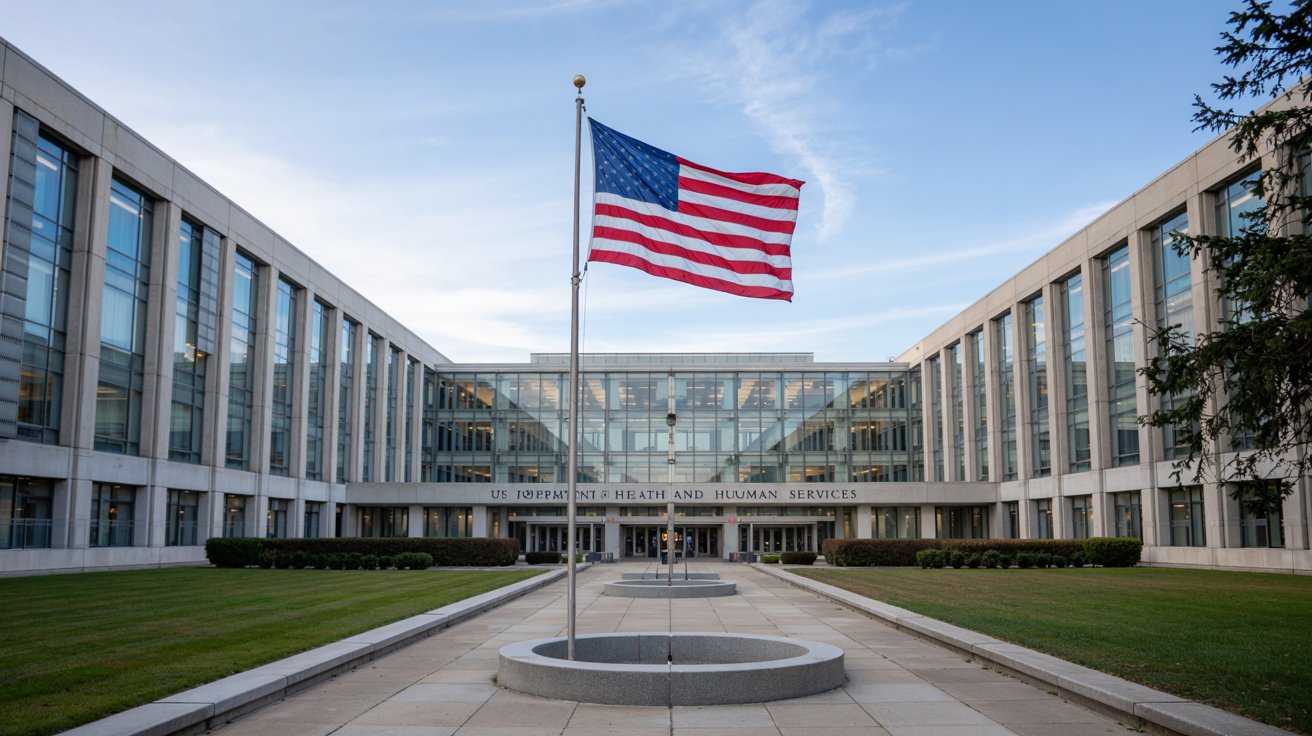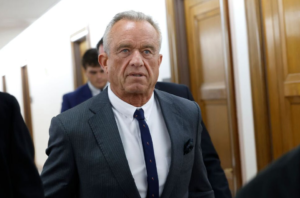The U.S. Department of Health and Human Services (HHS) is undergoing a significant reduction in its workforce as part of a broader initiative to address budget cuts. This article will explain the details of these layoffs, break down the impact on various agencies like the FDA, CDC, NIH, and CMS, and provide a deeper understanding of the long-term implications for public health. We will also present data and comparisons to highlight the effects and ensure clarity for readers.
What’s Happening: A Breakdown of HHS Restructuring
The HHS is set to eliminate around 10,000 positions, targeting key public health agencies that are crucial in safeguarding the health of millions of Americans. These job cuts are part of a fiscal realignment intended to save the department approximately $1.8 billion annually. This reduction comes as part of a broader plan to consolidate operations and shift resources toward more efficient public health strategies.
Table 1: Agencies Affected by Layoffs
| Agency | Positions Cut | Key Role in Public Health Services |
|---|---|---|
| FDA (Food and Drug Administration) | 3,500 | Drug approvals, food safety, and regulation |
| CDC (Centers for Disease Control and Prevention) | 2,400 | Disease control, public health education |
| NIH (National Institutes of Health) | 1,200 | Medical research, disease prevention |
| CMS (Centers for Medicare and Medicaid Services) | 300 | Medicare and Medicaid services administration |
This table helps readers understand exactly which agencies are being impacted and how the layoffs will affect their crucial roles in public health.
Key Agencies Affected: Impact of Layoffs
FDA: The FDA, responsible for ensuring the safety of food, drugs, and medical devices, will face the largest reduction in workforce, with 3,500 positions eliminated. This will directly affect the agency’s ability to quickly approve new drugs, inspect food safety, and regulate medical devices, all of which are essential for public health safety.
CDC: The CDC is a key player in disease prevention, monitoring, and responding to health crises. With 2,400 jobs being cut, the agency’s ability to respond swiftly to outbreaks like COVID-19, as well as to maintain long-term health initiatives, could be compromised.
NIH: The NIH funds and conducts essential biomedical research. Losing 1,200 positions will potentially delay important research projects, slowing down the development of new treatments for diseases like cancer, diabetes, and heart disease.
CMS: The CMS administers Medicare and Medicaid, which provide health insurance to millions of vulnerable Americans. Cutting 300 positions from this agency may lead to delays in processing claims and could create challenges in maintaining access to healthcare for those who need it most.
Long-Term Implications: What This Means for Public Health
These cuts are not just a short-term issue; they could have lasting effects on the nation’s ability to respond to public health emergencies and to manage ongoing health challenges. The reduction in staff comes at a time when the country is facing rising chronic diseases, an aging population, and the potential for new health crises, such as pandemics or epidemics.
Legal Challenges and Public Response
Legal challenges have already been filed by several states that argue these cuts violate public health protections. Several advocacy groups are also raising concerns about the long-term impact on vulnerable populations who rely on Medicare, Medicaid, and the public health safety net. Critics argue that these cuts could result in an increased number of preventable diseases and deaths.
The response has been mixed, with some lawmakers defending the cuts as necessary to improve efficiency, while others have called for a reevaluation of the budget plan to safeguard public health.
Conclusion: Can These Cuts Be Justified?
The long-term viability of public health in the U.S. could be compromised by these significant workforce reductions. While proponents argue that efficiency and cost-saving are necessary, the cuts come at a time when public health systems are already under strain. The nation may face challenges in maintaining critical health services, responding to future emergencies, and continuing important medical research.
To conclude, while these layoffs may generate short-term savings, the risks to public health and the possible long-term damage could outweigh the benefits. Public health experts and legislators will need to continue advocating for sustainable healthcare funding to ensure that these essential services are not diminished in the future.
[USnewsSphere.com / wsj]





